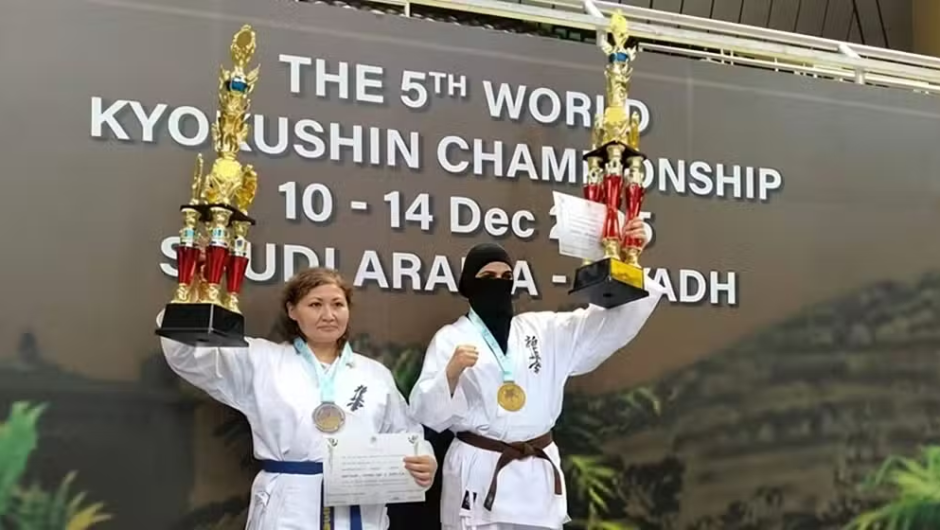The Sindhi Cap and Ajrak are more than just cultural symbols for the Sindhi community; they represent centuries of tradition, identity, and pride. These iconic items have long been worn during festivals, weddings, and official events, serving as a visual expression of Sindhi heritage. However, recent developments regarding the ban of the Sindhi Cap and Ajrak in official ceremonies have stirred a significant debate, causing concern and disappointment among many within the community.
The Sindhi Cap, known for its unique circular shape and intricate embroidery, is an emblem of honor and respect in Sindh. Similarly, Ajrak, a hand-printed shawl characterized by deep indigo and red hues with complex geometric patterns, holds an esteemed place in Sindhi culture. Together, they symbolize unity, cultural identity, and historical continuity. Their usage in official events, such as government functions, educational ceremonies, and public gatherings, has traditionally been a way to showcase cultural pride on a formal platform.
The decision to ban the Sindhi Cap and Ajrak from official ceremonies reportedly stems from administrative policies aiming to enforce uniform dress codes or to avoid cultural particularism in public forums. Authorities argue that official events should maintain a neutral and standardized appearance to promote equality and prevent any cultural or regional favoritism. While this may be an administrative rationale, the implications have extended far beyond a simple dress code regulation, touching deep cultural nerves and sparking conversations about cultural respect and recognition.
The ban has led to protests and vocal opposition from cultural activists, community leaders, and many Sindhi citizens who view this move as a direct attack on their cultural expression. For many, the Sindhi Cap and Ajrak are not merely decorative items but are deeply embedded in their social fabric and communal identity. Denying their presence in official settings is perceived as marginalization, undermining their rightful place in the cultural mosaic of the region.
Cultural scholars emphasize that the Sindhi Cap and Ajrak carry historical significance that transcends mere clothing. Ajrak’s history dates back thousands of years, with references found in ancient Indus Valley Civilization artifacts. The traditional Ajrak-making process involves natural dyes and intricate block-printing techniques, passed down through generations. Likewise, the Sindhi Cap’s distinctive design has been a symbol of honor and pride, often gifted during ceremonies or worn by community elders as a mark of respect.
The ban also raises questions about cultural preservation and the role of government policies in protecting or eroding indigenous traditions. Critics argue that in a multicultural society, official ceremonies should ideally reflect and respect diverse cultural identities rather than suppress them. This incident has highlighted the fragile balance between administrative regulations and cultural inclusivity.
Many activists have called for a dialogue between government officials and cultural representatives to find a middle ground. They suggest that instead of banning these cultural symbols outright, official protocols could accommodate cultural dress within certain guidelines. This approach would allow cultural representation to flourish while maintaining decorum and uniformity expected in formal settings.
The reaction to the ban has not been limited to Sindh or Pakistan alone. The Sindhi diaspora worldwide has also voiced concerns over the decision, emphasizing the importance of these symbols in maintaining cultural ties across generations and geographies. For expatriates and those living away from their homeland, wearing the Sindhi Cap and Ajrak is a way to connect with their roots, celebrate their heritage, and educate others about their culture.
From an anthropological perspective, clothing and symbols like the Sindhi Cap and Ajrak serve as powerful tools of identity formation and communal belonging. They communicate values, history, and social status, and help sustain cultural continuity. Any restrictions on their usage in official or public spaces can be perceived as cultural erasure or marginalization, affecting community morale and cohesion.
The controversy has also sparked debates on cultural nationalism and the politics of identity. In regions with rich ethnic diversity, the assertion of cultural symbols can sometimes be seen as political statements. Authorities’ concerns about neutrality in official ceremonies may be linked to broader sociopolitical dynamics where expressions of ethnic identity are sensitive issues. Balancing respect for cultural heritage with the need for national unity is an ongoing challenge for policymakers.
Media coverage of the ban has been extensive, with editorials, opinion pieces, and social media discussions shedding light on the multiple dimensions of this issue. While some voices support the uniformity argument, many emphasize the importance of cultural inclusiveness and fear that such bans might lead to a homogenized national identity that overlooks minority cultures.
The Sindhi Cap and Ajrak’s significance goes beyond aesthetics; they are cultural ambassadors that narrate stories of a community’s legacy, struggles, and achievements. Their removal from official ceremonies is not simply a matter of dress code but a symbolic gesture that carries emotional and political weight. The ongoing debate underscores the need for a more nuanced approach to cultural representation in public life, one that honors diversity and fosters mutual respect.
In response to the ban, various cultural organizations have initiated campaigns to raise awareness about the importance of these traditional items. Workshops on Ajrak printing techniques and Sindhi Cap embroidery have been organized to keep these arts alive. Community events continue to feature these symbols prominently, reinforcing their role in Sindhi cultural identity despite official restrictions.
The Sindhi community’s resilience in the face of such challenges highlights the enduring strength of cultural traditions and the deep connection people feel towards their heritage. The discussion around the ban of the Sindhi Cap and Ajrak in official ceremonies is part of a larger conversation about identity, respect, and inclusion in an increasingly diverse society.
Topics #featured #trending pakistan




